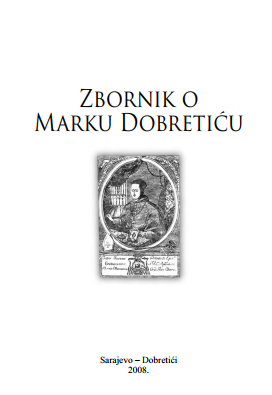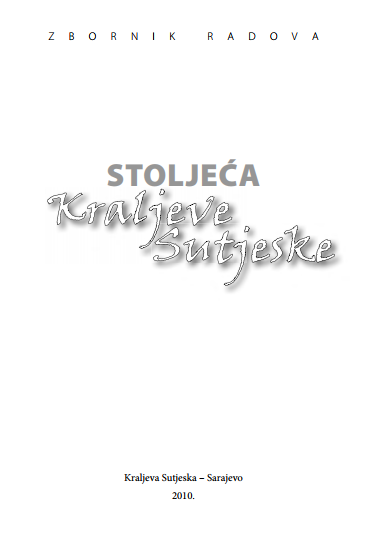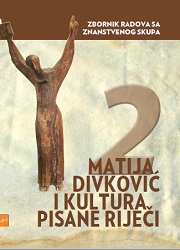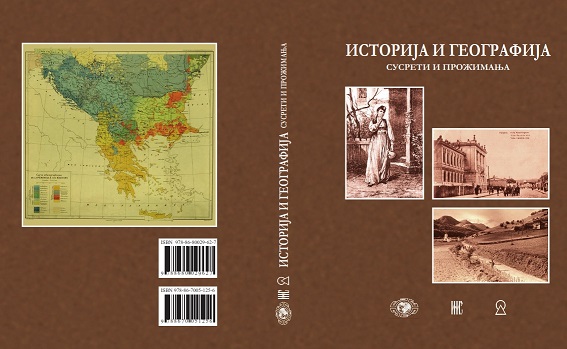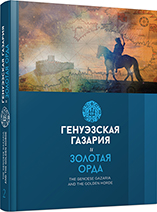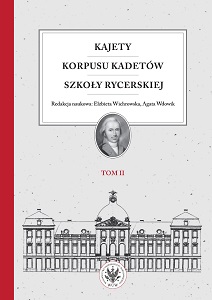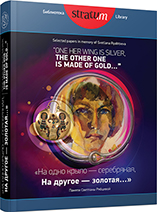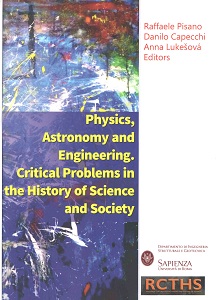
Venecija u hrvatskoj tiskarskoj topografiji Divkovićeva doba
Bosanski franjevac fra Matija Divković (1563.-1631.) tiskao je svoja djela u Veneciji (Mlecima) i to, kako se tvrdi u naslovu Nauka karstianskoga iz 1611. “za narod slovinski”. Veneciju stoga prepoznajemo kao produkcijski kontekst njegovih djela u tiskarskom smislu, dok se recepcija tih djela događa uglavnom na istočnoj obali Jadrana i pripadajućem kontinentu, kako među ondašnjim običnim vjernicima u tom prostoru kao krajnjim recipijentima njegovih tekstova, tako i među današnjim proučavateljima i čitateljima. Recepcijski vid i kontekst Divkovićeva rada dosad je zadobio bitno više pozornosti proučavatelja raznih profi la od tiskarskog do produkcijskog. Ovaj rad stoga želi biti prinos istraživanju produkcijskoga konteksta Divkovićevih djela i to u bibliografskom smislu. Venecija je u Divkovićevo doba bila međunarodno tiskarsko središte. Stoga se najprije promatra stanje u venecijanskom tiskarstvu, a potom se u vidu uzorka izlučuju bibliografski podaci o hrvatskim knjigama tiskanim u Veneciji te promatraju kao izabrani bibliografski nacionalni kontekst Divkovićevih tiskanih knjiga u razdoblju 1596.-1653. Primjenjuju se kriteriji za odabir građe hrvatske retrospektivne bibliografije: autor, jezik teritorij. Izabrana zbirka knjiga popisuje se i analizira s gledišta prinosa pojedinih venecijanskih tiskara njezinu nastanku, potom s obzirom na njihov sadržaj i naposljetku imajući u vidu prinos pojedinih autora. Pri tom se nastoji odrediti i vrednovati Divkovićevo mjesto u tom kontekstu.
More...
